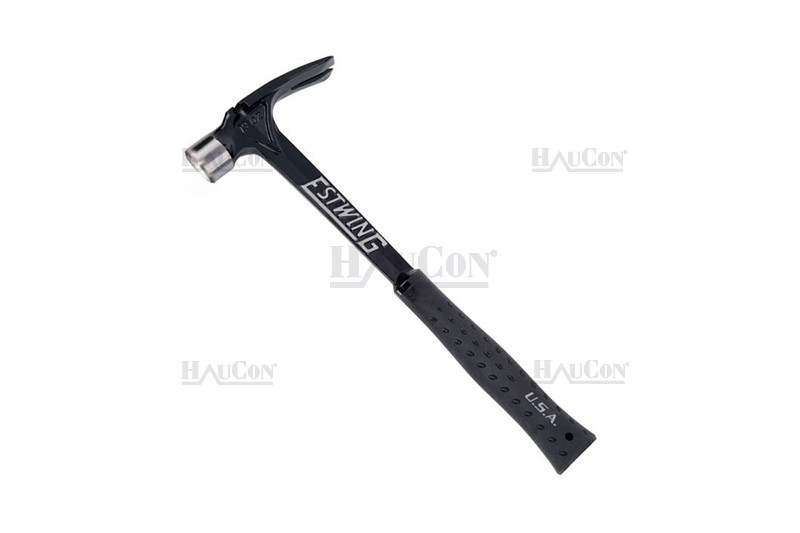

The take home message with crack hammers is that if you plan to be breaking apart a lot of rocks and you don’t need to be meticulous about it, then this type of hammer will get that job done.

These hammers are also ideal for driving chisels and pry bars into fractures since they develop a lot of kinetic energy. The crack hammer, also referred to as a sledge hammer, is used to really break apart, crack, and split rock. The benefit of the chisel-edge rock hammer is that chiseled end can be used to cleanly pry or split apart layers in “soft rock,” unlike the pointed-tip hammer which is better for scraping. Sometimes these layered rocks can have fossils such as leaves, fish bones, trilobites or other features from the past.

On occasion, these layered rocks could have undergone metamorphism, turning them into slate or shale. The Chisel-edge rock hammerĬhisel-edge rock hammers, often called fossil or paleontologist hammers, are designed to be used on “soft rock.” Soft rock is usually sedimentary derived rock that has been laid down in distinct layers, typically from from ocean floors, lakes, or rivers. The pointed end of the hammer can be used to dig or scrap out mineral samples from the hard rock so that you can better identify the rock or mineral components. The square head of the hammer is used to crack open a rock, allowing you to see what the rock looks like on the inside as opposed to the outer, weathered surface (which looks completely different than the real rock type). In most instances the crystalline structures within these rocks are tightly bound, so by fracturing and cracking a rock the crystalline structure opens and breaks apart allowing for proper inspection and identification. Igneous (granitic), metamorphic, and sedimentary rocks are all part of the hard rock family. Pointed-tip rock hammers, typically known as rock picks, are the hammers used by geologists when working with hard rocks. Thus, the type of rock hammer you want is highly dependent on what type of field work you will be doing. In addition to all the different names, there are three different types of hammers, including: pointed-tip or hard rock hammers, chisel-edge or soft rock hammers, and heavy rock or crack/sledge hammers. There are a variety of different names for rock hammers, including: rock picks, geology picks, geology hammers, geology picks, and brick hammers. Essentially, the quality of your rock hammer does have a direct impact on your field samples! Surprisingly, there are a vast amount of different hammers on the market and although some say that it doesn’t matter what hammer you use because they all break rocks – well there is a difference, a major difference! The shape of the head, the handle length, how sharp the point is, and the balance of the hammer all make a difference. An item that is of utmost importance out in the field for geology students and professionals is the rock hammer.


 0 kommentar(er)
0 kommentar(er)
